National Research University Moscow State University of Civil Engineering
«Poster report»
OF THE REPORT:
Adamtsevich A.O., Pustovgar A.P.
Adamtsevich A.O.
Development of calorimetric methods in analysis of composite building materials
The major physical-mechanical and performance characteristics of the most used composite building materials are developed as a result of hydration of mixtures based on mineral binders. Hydration process is exothermic, which enables its analysis using calorimetric methods. The experience gathered by Russian and foreign scientists in the field of hydration process analysis of complex disperse systems provides the possibility of extension of calorimetric methods application field for both quality monitoring of raw materials and control of building composites technological properties. To prove this point, experimental data obtained using isothermal calorimeter can be presented. This data demonstrates interrelation between the heat of reaction and raw material characteristics as well as the impact of different physical and chemical factors on hydration process of the most widespread mineral binders.
Figure 1 shows the effect of cement clinker grain size composition variability on the heat flow. The results were obtained for two samples of Portland cement CEM I 42,5N produced on the same plant. These samples were characterized by similar phase composition but different particle-size distribution. The analysis of the attained results revealed that low content of fraction 0…5 μm is the main factor leading to significant changes in hardening kinetics of Sample 2. The content of 0…5 μm cement particles was equal to 44.1% for Sample 1 and 32.9% for Sample
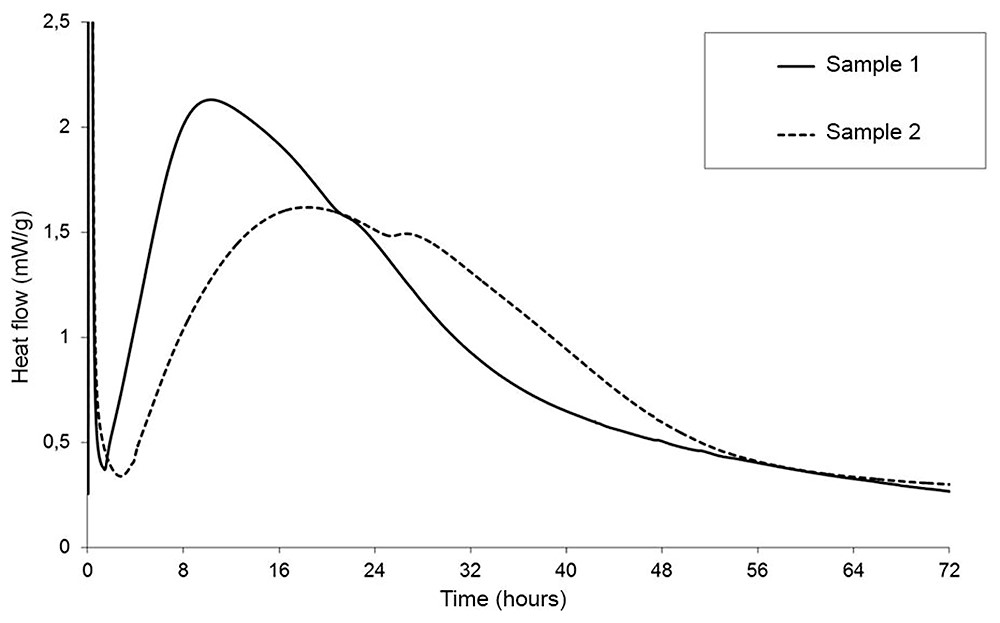
Figure 1 . Hydration of different samples: comparison of heat flow.
Data on the impact of bulk cement pre-hydration on hardening kinetics is presented in Figure 2. The obtained results are compared with hardening kinetics of airtight stored cement.
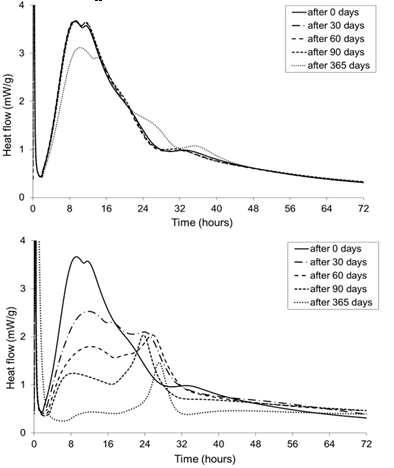
Figure 2. Changes in cement activity in different storage conditions:
a) airtight storage; b) non-airtight (bulk) storage in constant temperature and relative humidity
The effective way to control hardening kinetics of dry-mix mortars is using modifying additives which change initial and final setting time as well as strength development on the early phases of hardening. Apart from chemical additives used specifically for hardening rate control of different mineral binders, other modifying agents are widely applied to obtain mortars with required technological and performance properties. In spite of the fact that primary effect of those additives is not connected with the control of hardening kinetics of a designed system, they can also exert influence on the hydration process and lead to its retardation or acceleration (Figure 3).
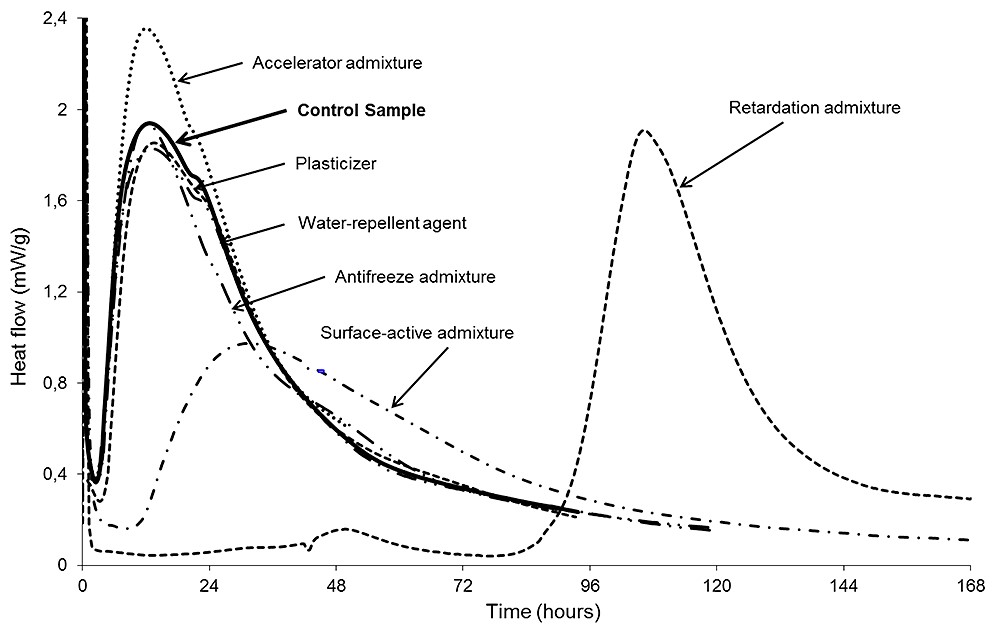
Figure 3. Heat flow curves, presenting the impact of modifying additives on hardening kinetics of Portland cement.
Adding various acids in identical dosage to gypsum mortars shows the difference in quality of retarding effect and reaction profile of hydration (Figure 4). For instance, citric acid affects only the induction period of binder hydration. After the induction period, the reaction intensity is similar to the reference sample. Using tartaric acid, however, changes both the induction period duration and the hydration exothermic peak.
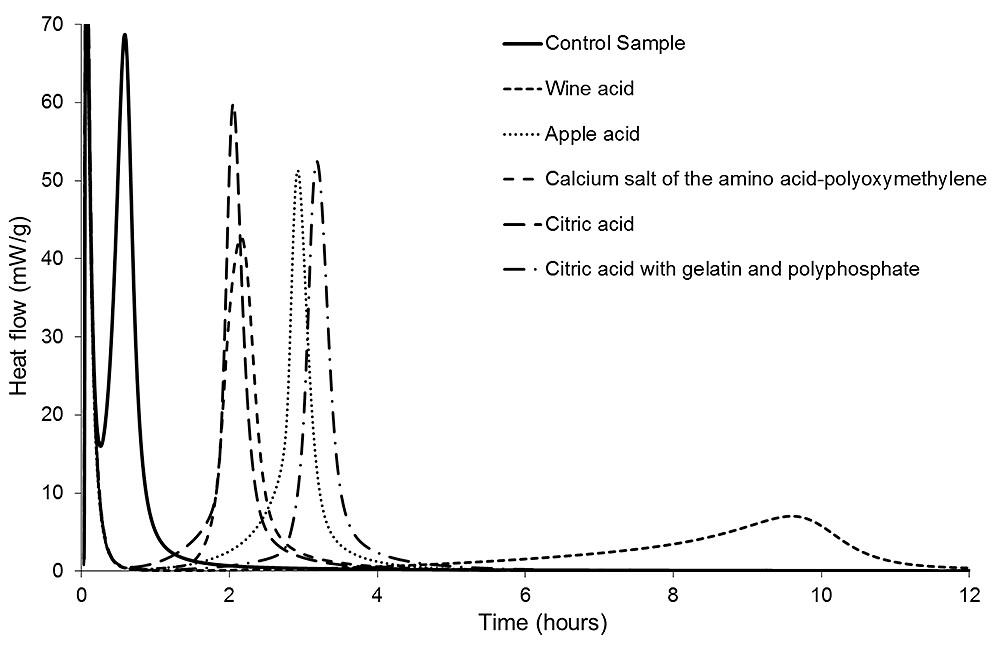
Figure 4. Heat flow curves, presenting the impact of retarders on hydration kinetics of a gypsum binder.
In addition to the above, it should be noted that interrelation of total heat evolution and extent of hydration reaction (and, consequently, strength performance of the obtained composite) is an important feature of exothermal hydration of mineral binders. In order to examine the relation between total heat evolution and strength performance, a series of tests was carried out. Two-component fine concrete based on Portland cement CEM I 42,5N was used as a test material. Strength properties were determined according to Russian standard (GOST 30744-2001).
Heat flow curve and its integrated form obtained during the first seven days of Portland cement CEM I 42,5N sample hydration are presented in Figure 5. The integrated curve shows a quantitative measure of the total heat evolution. The data was received using isothermal calorimeter.
Figure 6 presents the correlation of integrated heat evolution curve and concrete strength development curve. According to the data, concrete strength development is directly proportional to increase in total heat evolution of the investigated system. It proves that the integrated curve obtained for cement systems provides an opportunity to forecast strength performance of a composite in real hardening conditions.
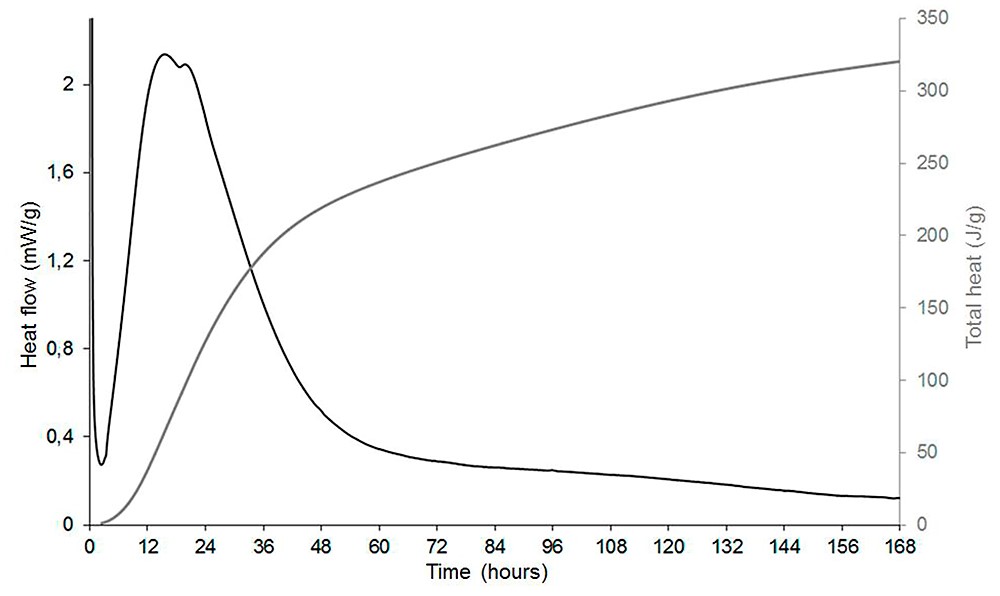
Figure 5. Heat flow curve and integrated heat evolution curve of cement hydration process.
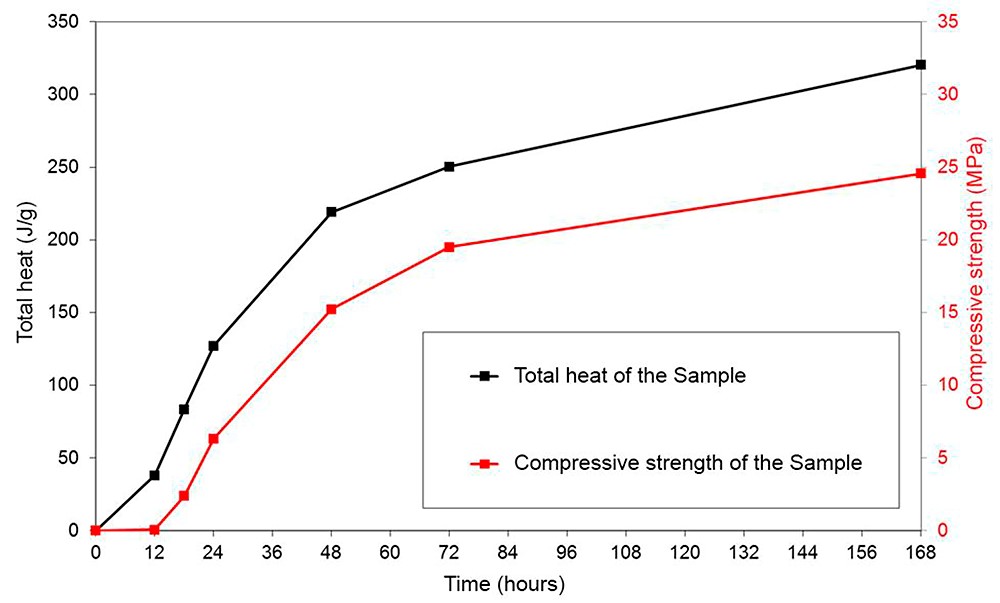
Figure 6. Compressive strength development curve and integrated heat evolution curve (0-7 days of hardening).
The results obtained in this research bring us to the conclusion that the heat evolution is a universal characteristic which represents such parameters as mineral binder quality, quality of work execution during dry-mix mortar production, impact of ambient conditions on the hardening process, etc.
In summary, it may be deduced that the evolution of calorimetric methods in analysis of structure formation of building composites based on mineral binders can be instrumental in their production process optimization. Understanding of exothermic hydration process allows meeting the challenge of composition, structure and properties control of mineral binders and systems based on mineral binders.
odern calorimetric equipment offers the possibility of determination of hydration models applicability, quantitative characterization of early hydration phases, specification and classification of common patterns of the hardening process, substantiation of kinetic selectivity of modifying additive effects, etc.